
Does Gold Filled Jewelry Wear Off Over Time
Does gold jewelry change color? Yes—but not in the way most people think. Pure gold itself doesn’t tarnish, but gold-filled or gold-plated pieces can gradually lose their luster as the surface layer wears down. The thick, mechanically bonded karat-gold layer (typically 1/20 by weight) in gold-filled jewelry resists abrasion and won’t flake under normal wear, lasting far longer than plating. Expect 5–30 years of shine depending on thickness, karat, and use. High-friction areas like rings and clasps may thin faster, while sweat, chlorine, and saltwater can speed up fading. Clean with pH-neutral soap, dry thoroughly, and store separately to extend the life of your pieces. Explore our affordable gold jewelry to find long-lasting styles that stay radiant for years.
What Gold Filled Jewelry Actually Is
Although it’s often mistaken for plating, gold filled jewelry is a layered metal composite with a legally defined gold content. You’re dealing with a brass or similar base metal mechanically bonded to a thick layer of karat gold.
By regulation in the U.S., that outer layer must constitute at least 5% of the item’s total weight, ensuring measurable durability and predictable performance across jewelry types.
You’ll see stamps like “1/20 14K GF,” indicating 1/20th by weight is 14-karat gold. This codified gold content isn’t a surface wash; it’s a substantial cladding that resists routine abrasion.
When evaluating options, confirm the karat rating, the fractional designation, and reputable manufacturing standards. These markers help you assess longevity, skin compatibility, and value relative to other jewelry types.
How Gold Filled Is Made vs. Gold Plated and Solid Gold
Knowing that gold filled carries a legally defined gold mass, the manufacturing method explains its durability.
You start with a brass or copper core, mechanically bond thick gold cladding using heat and pressure, creating a diffusion bond that won’t flake under normal wear.
In a gold filled vs gold context, you’re wearing a substantial layer of karat gold on a base metal, not a superficial coating.
Gold plated is different: an electrolytic bath deposits a thin gold layer onto a base.
That micro-thin deposit lacks metallurgical bonding and abrades quickly at contact points.
Solid gold, by contrast, is homogenous alloy throughout; it can be polished repeatedly without exposing base metal.
For durability comparison, gold filled dramatically outperforms gold plated, approaching solid gold’s longevity at far lower cost.
Thickness Standards and Karat Options
Standards matter because “gold filled” isn’t a vague label—it’s a regulated gold mass over base metal.
In the U.S., gold-filled must contain at least 5% gold by total weight, applied as a mechanically bonded cladding. You’ll often see marks like 1/20 14K GF, meaning 1/20 (5%) of the item’s weight is 14-karat gold. That ratio, not just microns, defines gold thickness for compliance.
You should also read karat options correctly. The cladding’s fineness can be 10K, 12K, 14K, or 18K, affecting color, hardness, and corrosion behavior.
Lower-karat alloys (e.g., 10K, 14K) have higher base-metal content, typically improving hardness; higher-karat (18K) increases gold purity and richer hue.
Choose certified stamps indicating both karat and gold thickness to guarantee traceable, standards-based construction.
Factors That Influence Wear and Longevity
Those stamps set the baseline, but real-world longevity depends on how the clad layer faces abrasion, chemistry, and load.
You’ll see faster loss where components rub: ring shanks, clasp hooks, and chain contact points. Surface roughness, grit, and particulate contaminants escalate abrasion and reduce wear resistance.
Alloy composition matters: higher-karat clads are softer, while lower-karat clads with more copper or silver increase hardness but alter tarnish behavior.
Substrate hardness and rigidity affect denting; deformation concentrates stress and thins the gold layer.
Manufacturing quality—bond integrity, uniform thickness, and edge finishing—governs how quickly high-stress zones expose base metal.
Storage and handling also influence outcomes; controlled humidity and clean, separate compartments lower environmental impact on corrosion pathways and mitigate micro-scratching during transport and use.
Daily Wear: Swimming, Showering, and Sweat
Beyond the stamp, water and sweat chemistry drive real-world wear on gold filled jewelry. You’re dealing with a bonded gold layer over a base alloy; daily moisture exposure can accelerate micro-abrasion and galvanic pathways.
Swimming effects are significant: chlorinated pools and saltwater increase ionic activity, which can undermine the bond at edges and clasps, especially under friction. Rinse with fresh water immediately after swimming and dry thoroughly.
For showering practices, continuous hot water, surfactants, and mechanical rubbing from towels increase surface wear. While brief showers won’t strip the gold layer, cumulative exposure elevates abrasion and dulling.
Sweat introduces acids and salts that, combined with movement, promote crevice corrosion on contact points. Remove pieces for workouts, pat dry after moisture, and schedule periodic gentle cleaning.
Skin Chemistry, Lotions, and Household Chemicals
Moisture isn’t the only driver of wear; your skin’s biochemistry and everyday products also influence gold filled longevity.
Your sweat’s pH, chloride content, and sulfur compounds can accelerate micro-corrosion at the gold–alloy interface, increasing porosity and dullness. If you experience skin reactions, they often stem from alloying metals (usually brass cores), which can leach ions when the surface film thins.
Lotions, perfumes, and sunscreens introduce solvents, emulsifiers, and acids that plasticize or infiltrate surface films, trapping particulates that abrade with movement.
Household chemicals magnify chemical exposure: bleach, ammonia, and peroxides oxidize base metals; thiols in some cleaners attack gold-adjacent interfaces; detergents disperse sebum, removing protective boundary layers.
Repeated cycles of exposure and friction abrade microns of gold over time, especially at edges, clasps, and contact points.
Care and Cleaning Best Practices
Two habits preserve gold filled finishes: limit chemical exposure and clean with controlled gentleness.
Remove pieces before swimming, sauna use, or applying sunscreen and fragrances. After wear, rinse with lukewarm water to dissolve salts, then use a pH‑neutral, dye‑free dish soap.
Preferred cleaning methods: a soft, non-abrasive microfiber cloth and light fingertip pressure; avoid paper towels, brushes, and ultrasonic cleaners that can erode the gold layer at high-contact points.
Dry thoroughly to prevent moisture entrapment at joints.
For jewelry storage, isolate each item in a soft pouch or anti-tarnish compartment to minimize friction and airborne sulfides. Keep silica gel or molecular sieves nearby to control humidity.
Polish only with a gold-safe cloth, infrequently, following the grain of wear patterns.
How to Identify Quality Gold Filled Pieces
Start with objective markers: look for “GF,” “1/20 14K GF,” or “14/20 GF” hallmarks indicating a legally required minimum of 5% gold by total weight with a karat designation.
Verify the karat value (10K–18K) to assess gold quality and confirm consistency across components: clasp, jump ring, and pendant bail.
Inspect identifying marks for crisp, machine-stamped impressions; blurred or etched marks can signal plating.
Evaluate construction: gold-filled pieces show a bonded gold layer over a brass core, often visible as a clean interface at edges, not patchy plating.
Use a jeweler’s loupe to check for uniform color and thickness, precise solder joints, and quality findings.
Corroborate with manufacturer documentation or assay reports, and favor reputable makers with traceable specifications and warranties.
Signs of Wear and When to Repair or Replace
Patina tells the truth: inspect high-contact zones—clasp, chain links near the neck, ring shanks, and pendant edges—for exposed base metal (a brassy hue) where the gold layer has thinned.
Evaluate wear indicators systematically: color shifts from warm gold to yellow-brass, micro-abrasion lines that won’t polish out, roughness catching on fabric, and dark creases at hinges.
Check solder joints and jump rings for thinning, and test with a soft cloth; persistent discoloration suggests breached gold.
Pursue repair options when integrity remains: professional polishing, micro-buffing to level scratches, ultrasonic cleaning, and laser-tightening of worn links.
For localized breakthrough, a bench jeweler can sleeve a shank or replace components.
Replace the piece when widespread base metal shows, plating won’t adhere, or structural fatigue compromises security.
Longevity Expectations and Cost Value Over Time
While gold-filled jewelry isn’t heirloom-solid gold, it delivers durable performance: expect 5–30 years of everyday wear depending on layer thickness (1/20 by weight is standard), karat of the gold layer, abrasion exposure, and care.
Your longevity expectations improve when you minimize chemical exposure, remove pieces for workouts, and polish with nonabrasive cloths. High-friction zones (rings, bracelets) age faster than low-contact items (pendants, earrings).
From a cost effectiveness analysis standpoint, gold-filled often outperforms vermeil and plating over the product life cycle.
You pay more upfront than plated, far less than solid gold, yet you avoid frequent replating and premature replacement.
Evaluate value by cost per wear: divide purchase price by actual uses until aesthetic failure.
If you need warm tone, durability, and budget discipline, choose thicker layers and lower-friction styles.
Frequently Asked Questions
Can Gold Filled Jewelry Trigger Metal Detectors at Airports?
Yes, it can, but it rarely does. Small pieces usually pass unnoticed. Larger items increase gold filled detection likelihood. For airport security, wear minimal jewelry, remove bulky bracelets or layered chains, and be ready for secondary screening if alarms trigger.
Is Gold Filled Hypoallergenic for Nickel-Sensitive Wearers?
Yes—usually. You benefit from thick karat-gold cladding that isolates base metals, reducing nickel allergies risk. However, hypoallergenic status depends on core alloy and solder. Verify “nickel-free” specifications and choose 14k/18k layers for ideal gold filled benefits and skin compatibility.
Can Gold Filled Be Resized or Soldered by Jewelers?
Yes, jewelers can resize and solder gold-filled pieces, but they must protect the bonded layer. You’ll rely on specialized resizing techniques, laser welding, and heat control to preserve gold filled durability and avoid exposing base metal or delamination.
Does Ultrasonic Cleaning Damage Gold Filled Items?
Yes, ultrasonic cleaning can be safe for gold filled items, but you must assess condition. Avoid if there are loose stones, deep scratches, or delamination risk. Use mild solutions, short cycles, and rinse-dry promptly to prevent abrasion.
Are There Warranties Specific to Gold Filled Jewelry?
Yes, some brands offer gold-filled-specific warranties. You should verify warranty details: gold layer thickness, soldered joints, clasp integrity, and exclusions. Follow maintenance tips: avoid abrasives, saltwater, and harsh ultrasonics; rinse after sweat; store dry; document purchase for claims.
Conclusion
Bottom line: gold-filled jewelry doesn’t “wear off” quickly because its bonded gold layer is thick and mechanically fused, not electroplated. With appropriate thickness (e.g., 1/20 by weight), proper karat, and sane wear habits, you can expect years—often decades—of service. Avoid abrasion, harsh chemicals, and prolonged chlorinated or salty exposure; rinse, dry, and store properly. Monitor high-friction points for brassing. When wear appears, polish lightly or re-bond as needed. You’re getting strong longevity-to-cost value.







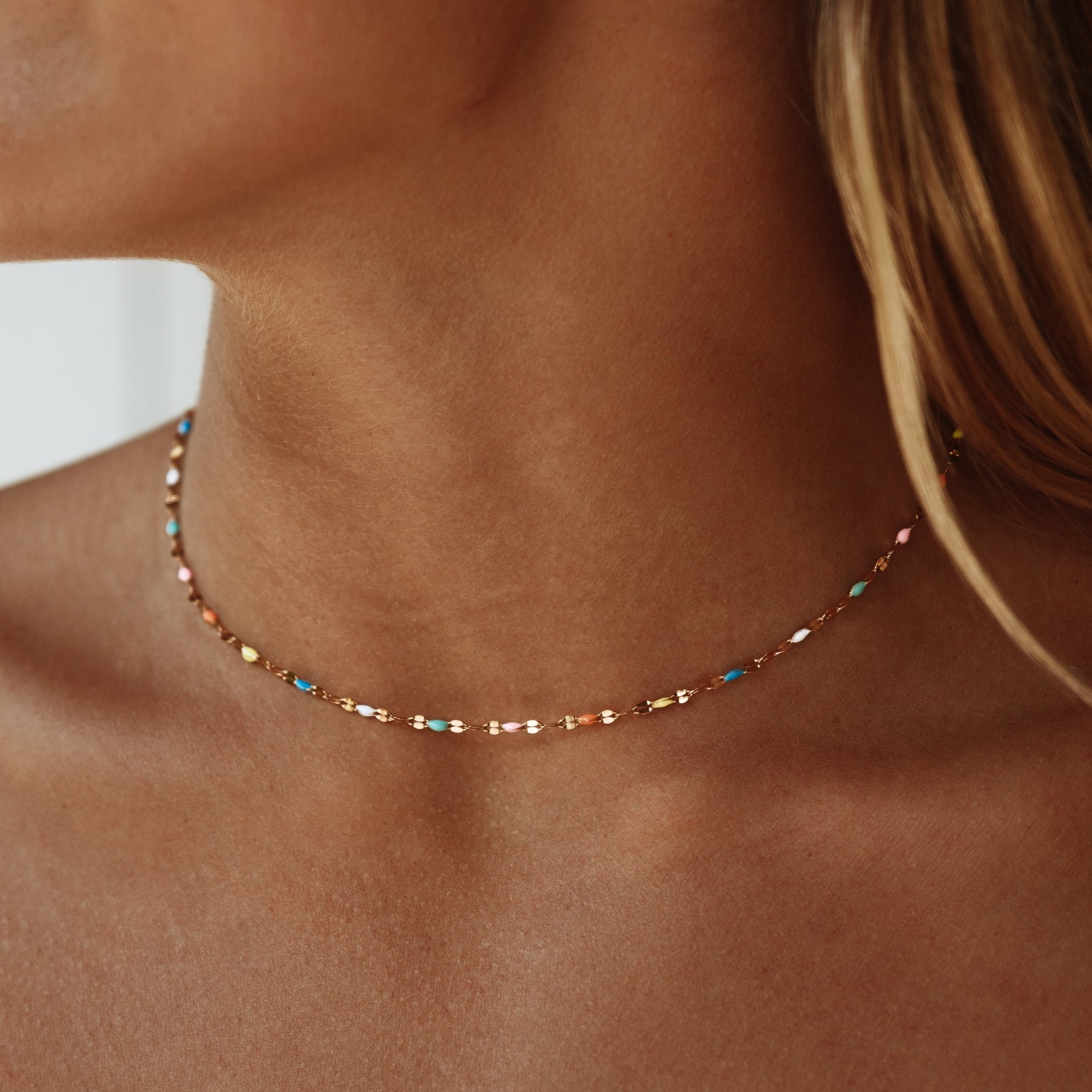

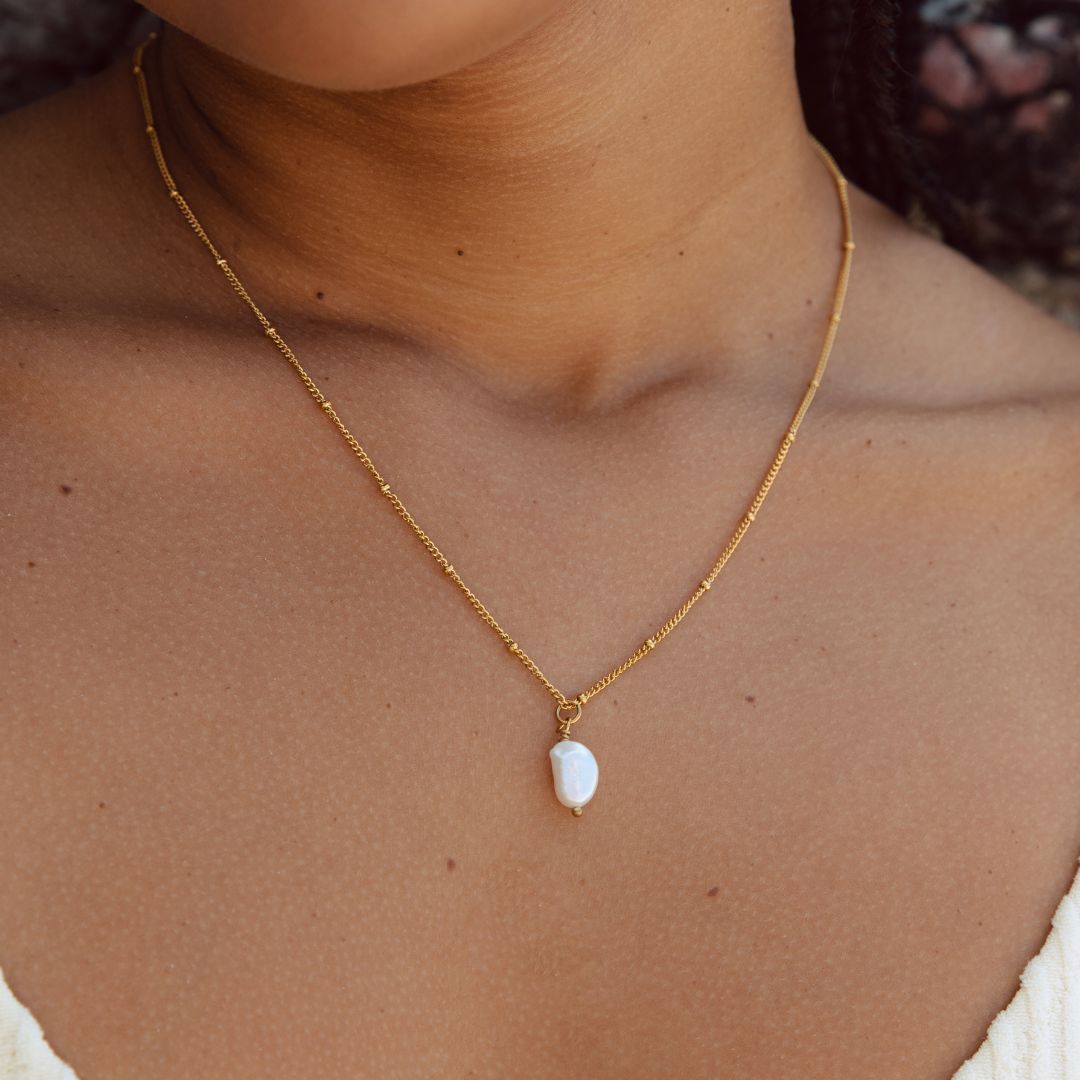


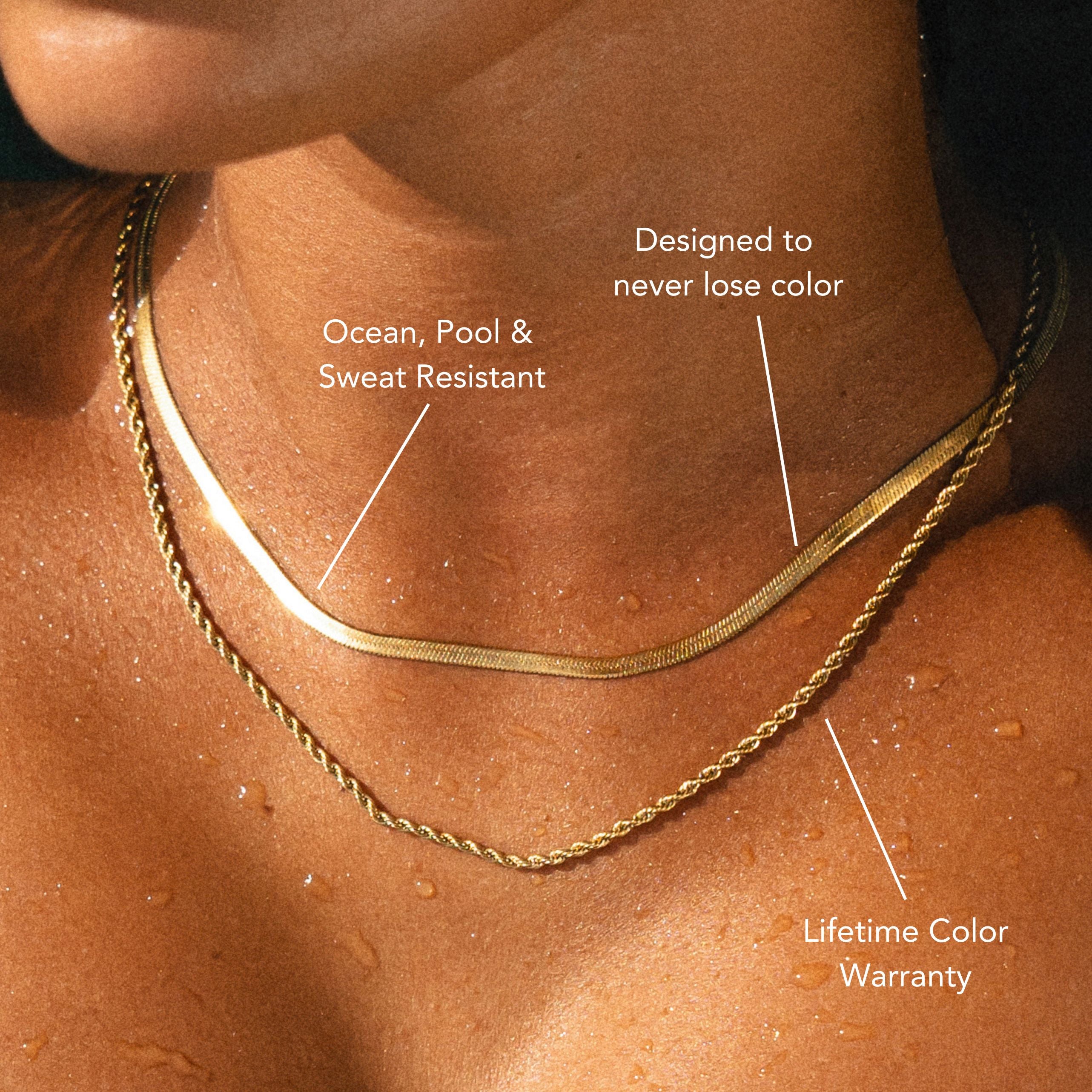


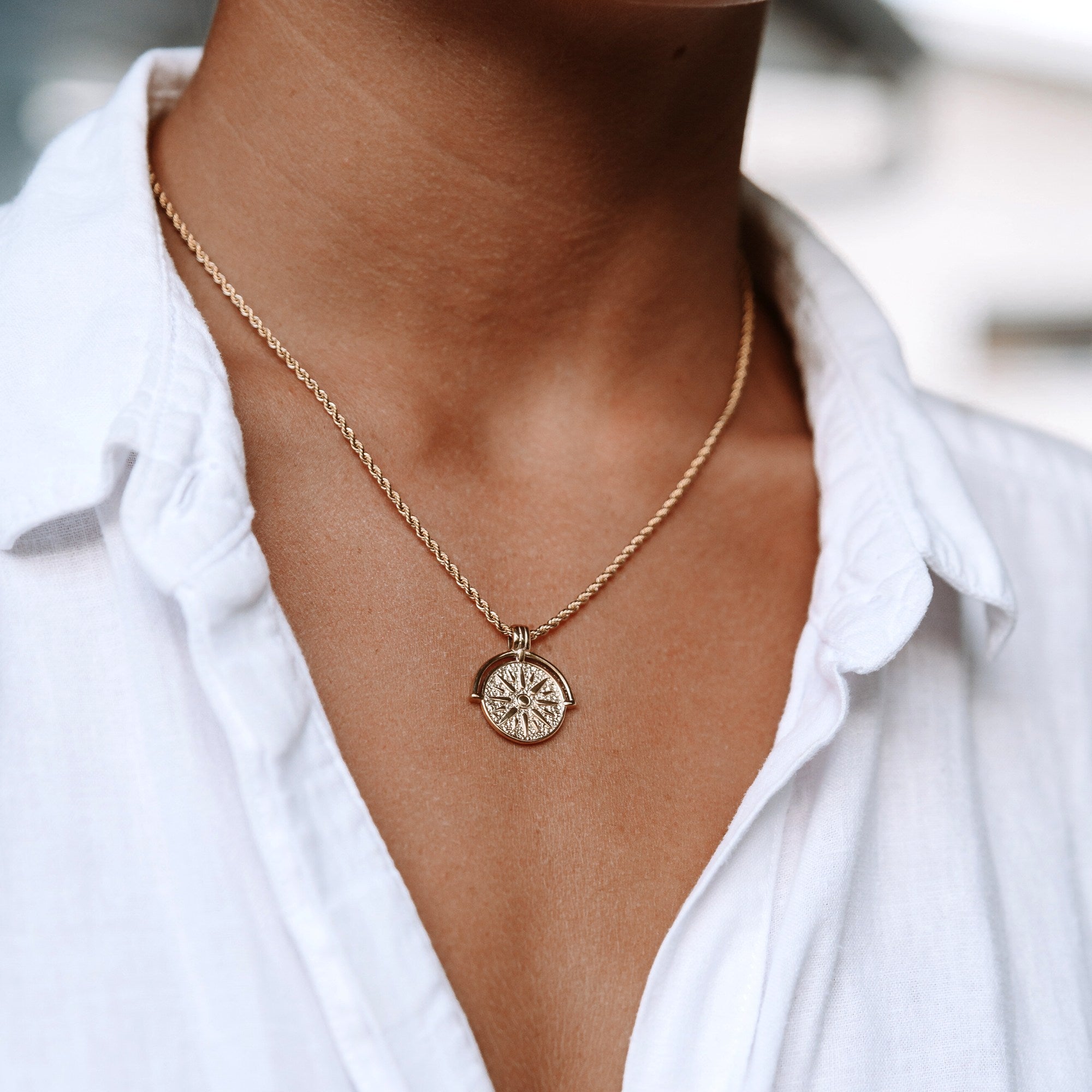
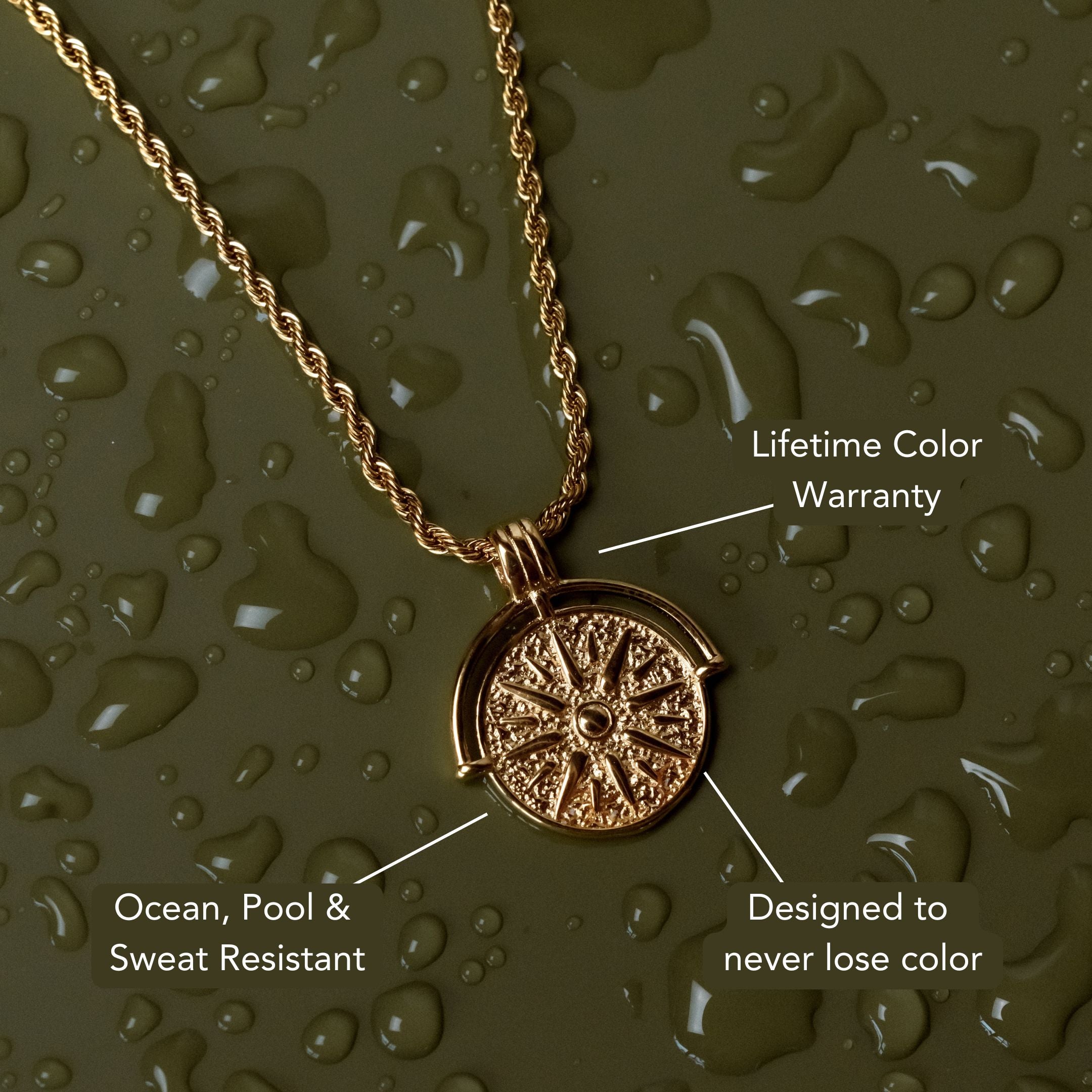
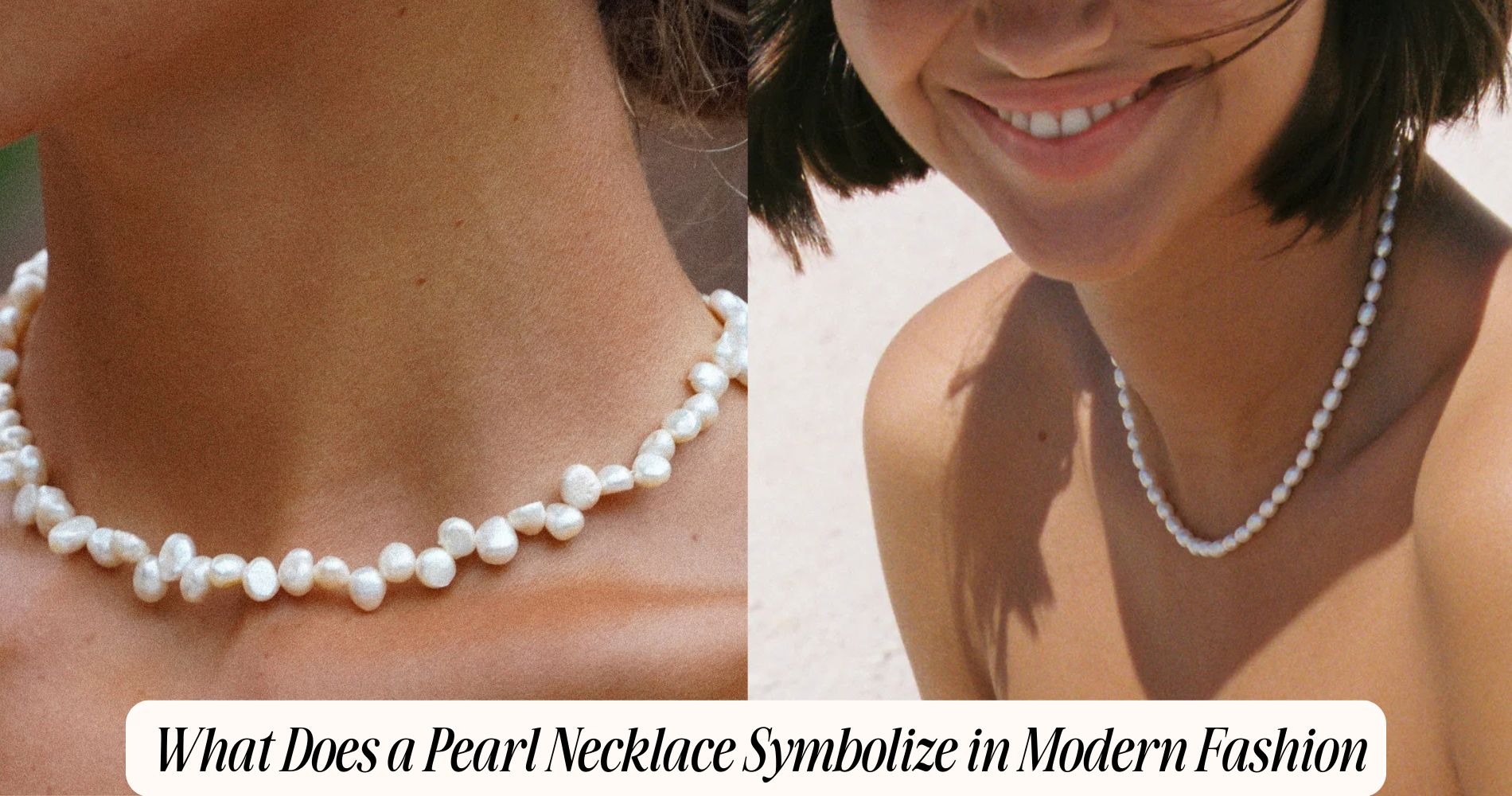





Leave a comment
This site is protected by hCaptcha and the hCaptcha Privacy Policy and Terms of Service apply.